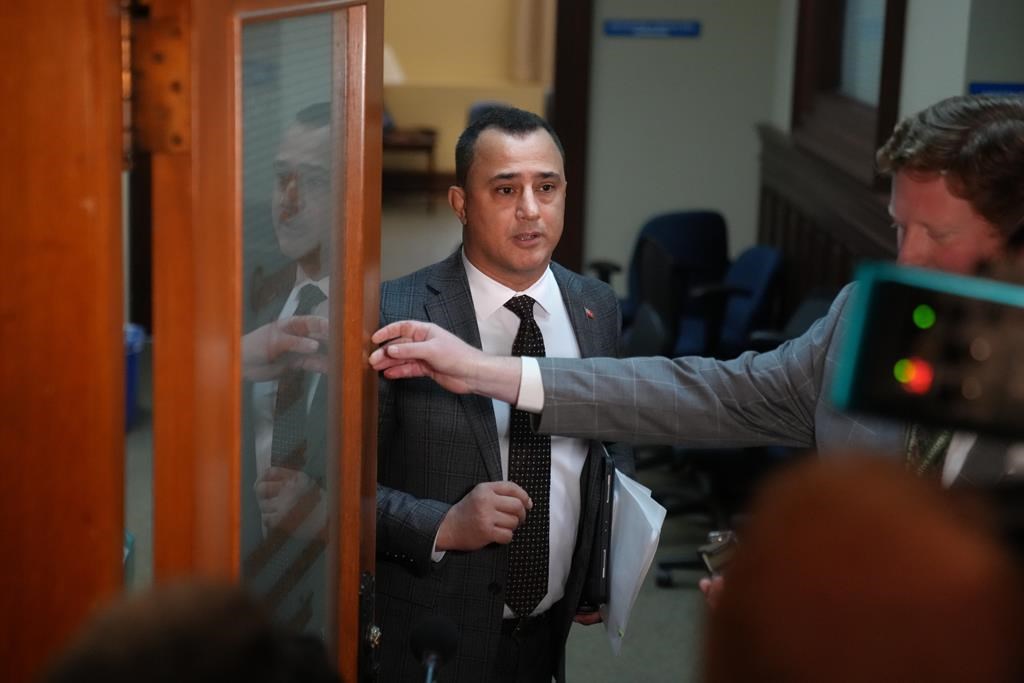Ontario is boosting its funding for autism services by $60 million over last year, and while advocates say new money in the recent provincial budget is welcome, thousands of children will still be unable to access therapy.

The budget announced $120 million for the autism program, but the government later clarified that includes a $60 million “one-time” addition to the program’s funding last year. It brings the total for the Ontario Autism Program to $720 million, a significant amount of money even within the province’s $214-billion budget, but it won’t come close to meeting the demand.
The Progressive Conservative government has tried several times to either tweak or completely overhaul the program — as did the previous Liberal government — but in the time it has taken to get the latest iteration up and running, the demand for services has caused the wait list to balloon.
Alina Cameron, president of the Ontario Autism Coalition, said the new money is a great step forward, but the autism community still has a lot of questions.
“There’s over 60,000 children presently waiting and this program, as it sits, will not help the majority of kids,” she said. “So while it is a welcome increase, how much do we celebrate when there’s that many children still waiting?”
That number is the total of children and youth registered in the program, and many have received some form of support, though for the most part that has been through a piece of one-time funding or an entry-to-school program. What many families seek is core clinical services, such as applied behaviour analysis.

Get daily National news
NDP critic Monique Taylor said the $120 million is not enough.
“We know that it’s a troubled plan,” she said. “They need to get back to the table and ensure the kids are getting the services they need, when they need them.”
When Children, Community and Social Services Minister Michael Parsa took over the file last year, ministry officials told him in his transition binder that the program budget of $667 million would only serve about 20,000 children in core clinical therapies.
Documents obtained by The Canadian Press through a freedom-of-information request show that at the end of 2023, about 17,000 children were enrolled in core services, though fewer than 14,000 of them had actually received funding to purchase those services.
Tuesday’s provincial budget says the $120 million “will support the government’s commitment to enrol 20,000 children and youth in core clinical services.”
That language is a bit problematic, said Cameron, of the Ontario Autism Coalition.
“We were under the impression that the size of the budget from last year, according to Minister Parsa’s transition binder, was enough to get 20,000 children through the door for core services,” she said.
Does the new budget mean more than 20,000 children will now get access to core services, or does it mean that the $667-million budget was, in the end, not enough to help 20,000 children, Cameron wondered.
Parsa did not clear up those details in an interview, but said the new investment shows the government is dedicated to supporting those families.
“Our commitment remains the same in making sure that every child, and every youth, every family receives the support and services that they need,” he said.
The government is still working on adding more capacity within the treatment system, so that when families get funding there are enough service providers to help them.
“We’ll do everything we can to make sure the supports are available,” Parsa said.
The Progressive Conservative government’s relationship with the autism community has been a rocky one, particularly under its first minister Lisa MacLeod.
Families say the changes she made gutted the program.
The coalition then complained that under the previous minister, Merrilee Fullerton, there was almost no communication and she was “ghosting” them.
But that relationship may be turning a corner, Cameron said. She has been happy to see that Parsa and his team have been reaching out to members of the community, looking for input.
“None of our questions have really been answered yet, but we hope that in the coming weeks, months, that we get some more clarity and transparency,” she said.
“We’re hopeful that the office doors are opening up and we’re being welcomed in to chat. So that’s a good thing.”







Comments